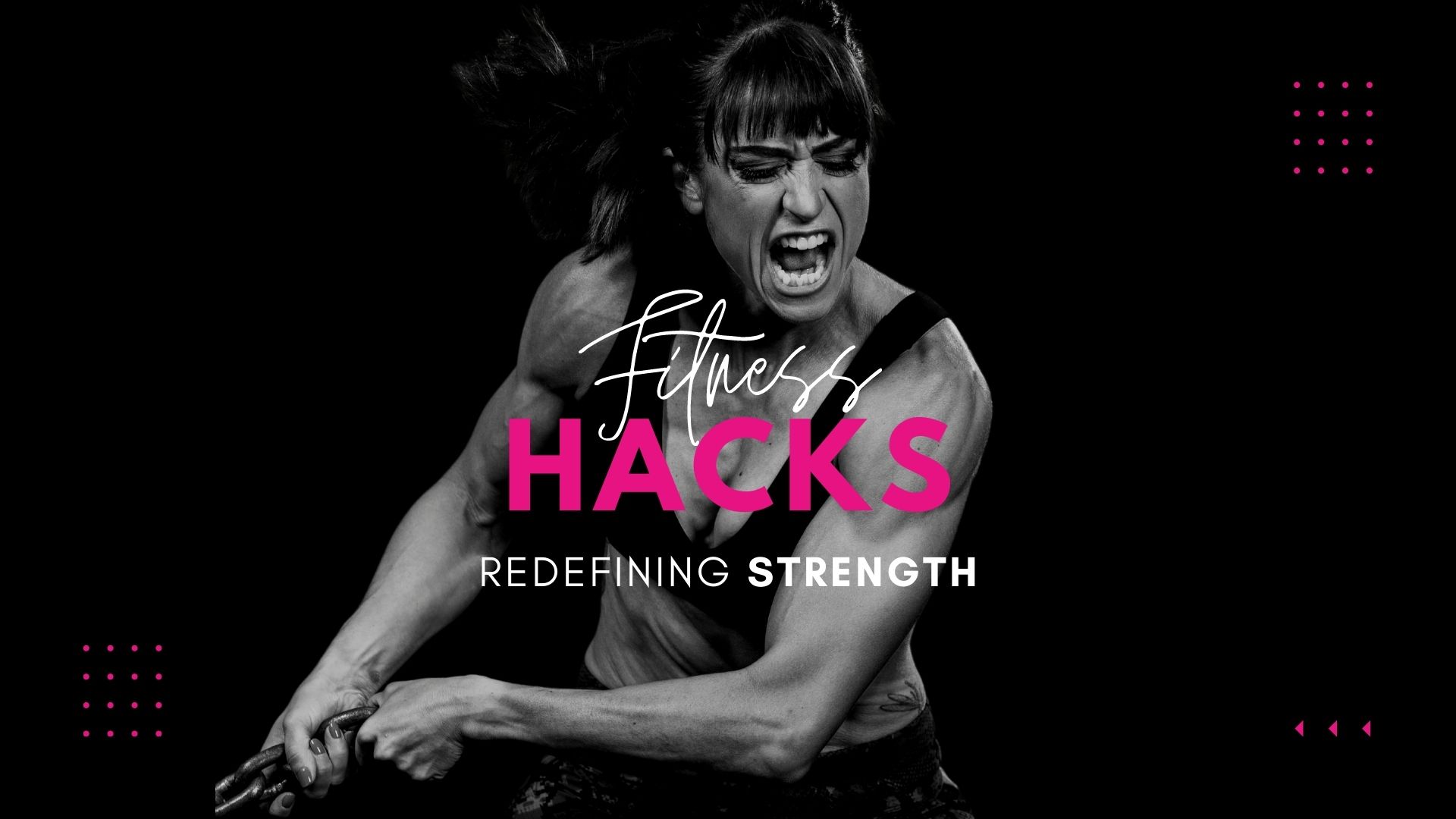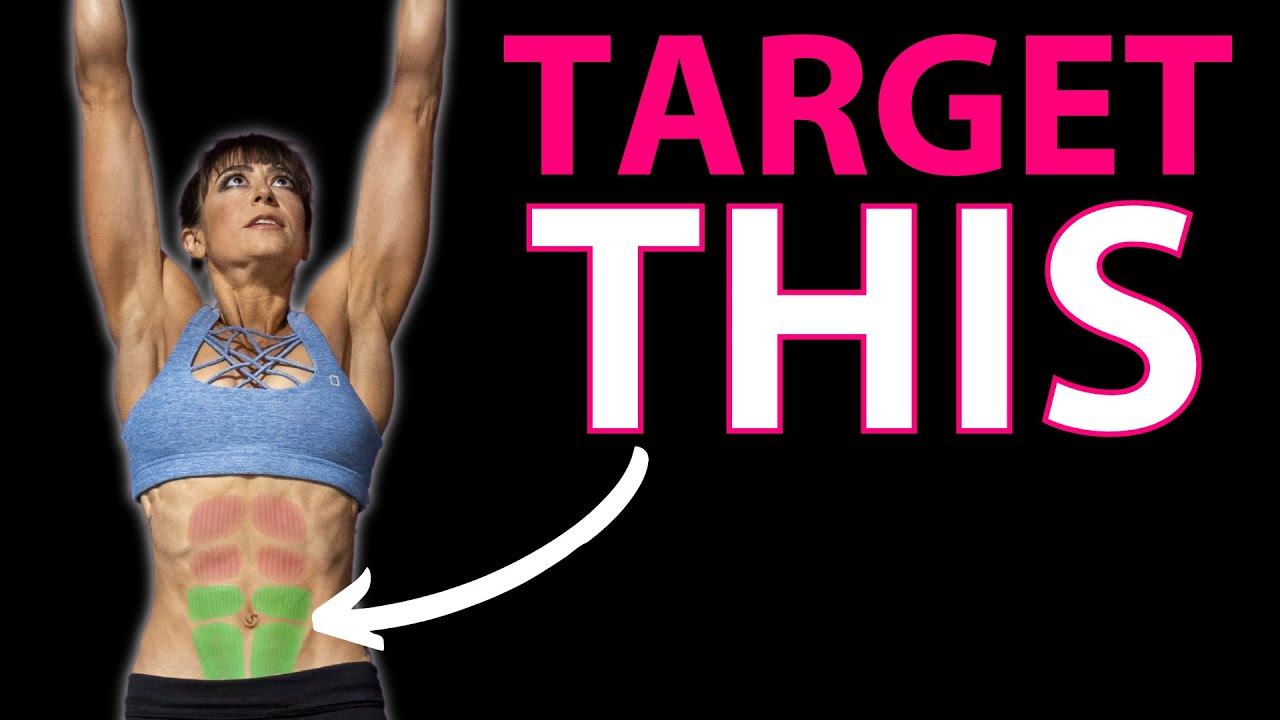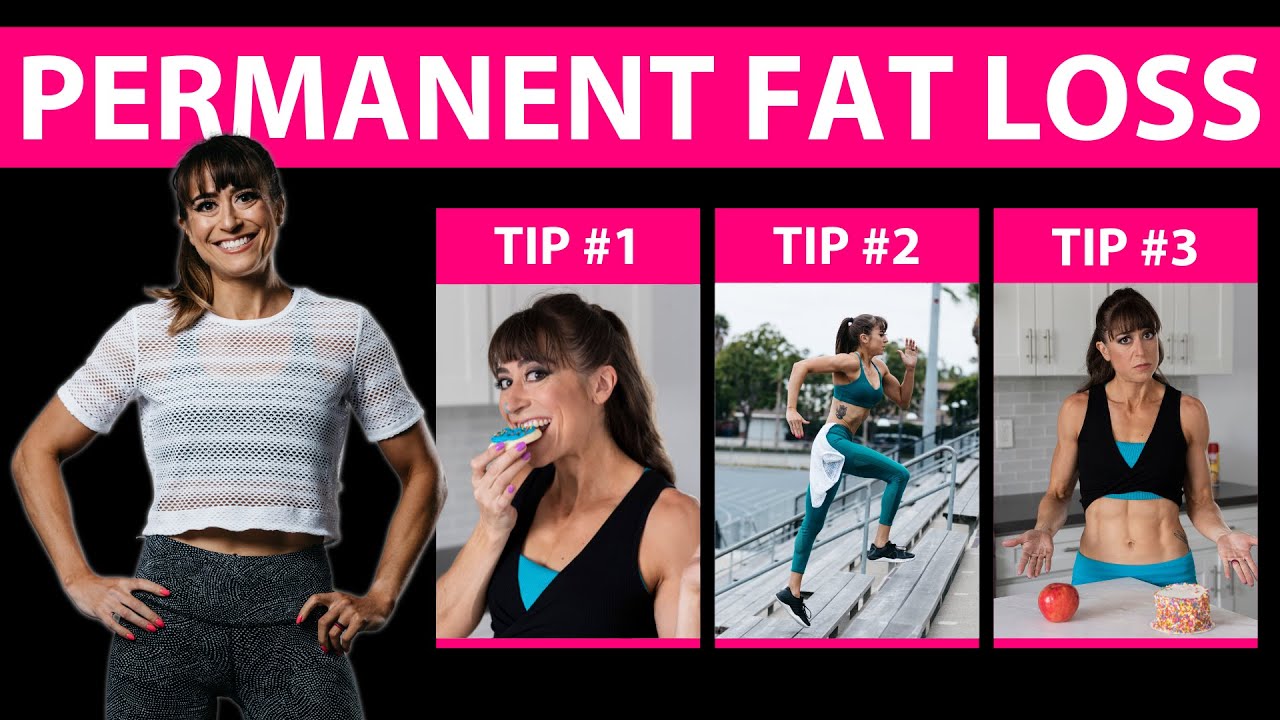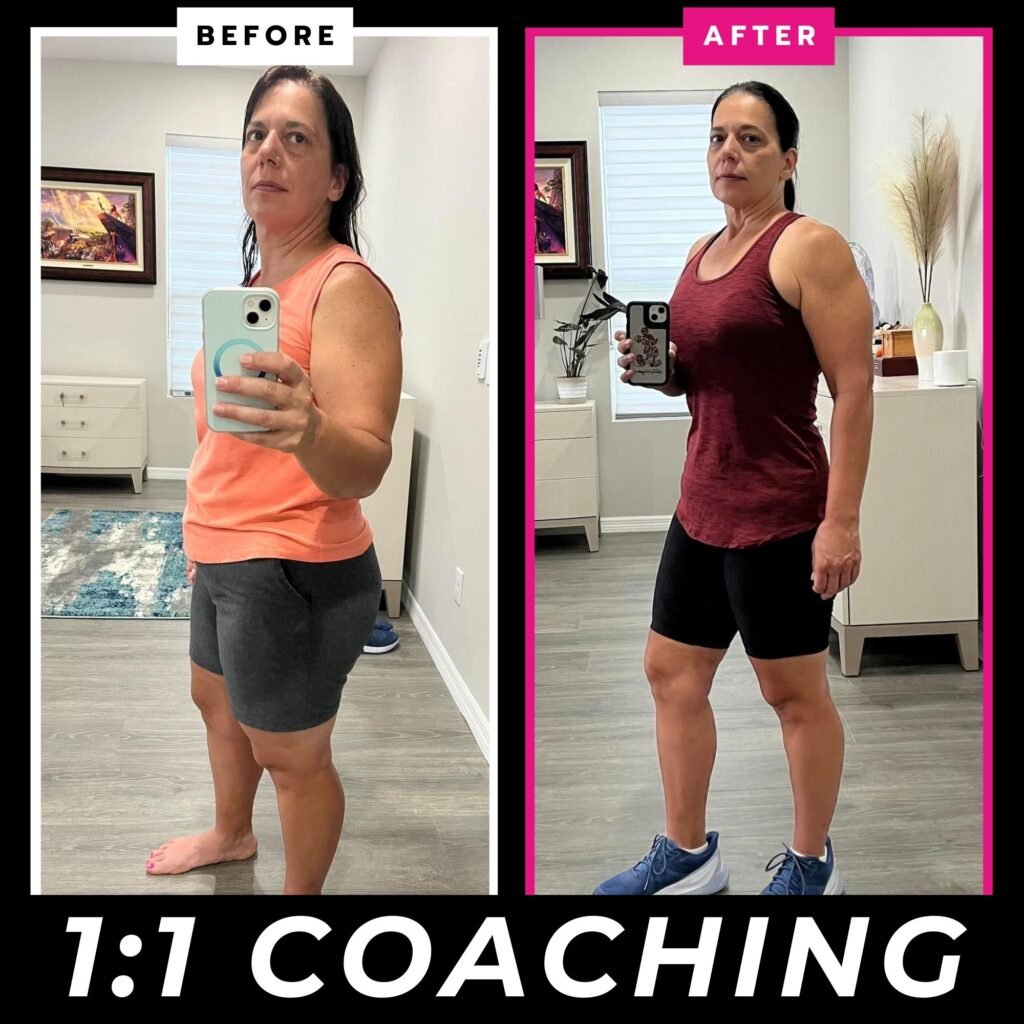
FHP 411 – “I don’t Need Accountability”
So it’s interesting the words that illicit not so favorable responses from people.
Like beginner for instance.
No one wants to be called a beginner, which I find amusing as I always want to own up to being a beginner at something. It means I have an excuse to suck at it.
Honestly I try to act like a beginner in most things because I feel I can always master something more or better.
But beginner is a word I’ve found many see as an insult.
And oddly enough, accountability is a word just like that.
A few times when messaging with people I’ve asked, “So are you looking for maybe more accountability and coaching?”
And I swear I could see their looks through my phone screen as I read their messages back that had some form of this laced in with everything else….
“I don’t need any accountability. I’m just not sure what to do but I’m very motivated and dedicated and don’t need someone to hold me accountable.”
They never called out the coaching.
Just the accountability part.
As if wanting outside accountability was a bad thing.
Shoot…I do my best to create outside accountability for myself in as many ways as possible.
I feel the more I have that outside accountability, since I don’t want to fail publicly the more I’ve guaranteed myself success.
I don’t see having extra accountability as me not being motivated or me needing help.
I see it as me caring so much I make sure I do everything in my power to succeed.
For me accountability is essential. Not something to dismiss. Or something that makes me less of a badass who can do everything all at once.
So as much as I’ve sort of avoided using this word with people, I want to take it back.
I want to share a few ways I personally hold myself accountable and believe it really is often the missing piece in our success no matter how driven, motivated, freaking badass rockstar we are….
#1: Plan Ahead
I’m definitely a checklist maker and a box checker off-er.
When I know I have something to mark complete, I’m going to make sure I do it.
I know if I have a plan I’m supposed to complete, I’m going to make myself stick to it.
If I have no clear plan in place, it is soooooo much easier to just skip the same habits a plan would hold me to.
Yup. That plan and knowing what I SHOULD be doing makes me do it.
Sometimes all we need to keep ourselves consistent and hold ourselves accountable is something pre-planned out. It helps us stick to the healthy habits and routines even on those busy days we wouldn’t do anything if there wasn’t something there sort of taunting us to do.
It’s why I pre-plan out meals at times when I know I’ll be busy and short on time even though I’m well versed in how to hit my ratios.
It’s why I never leave my workout progression programming till the day of but have it planned out at least a week in advance.
It’s not that I don’t give myself flexibility, and often have a plan b, but even then…I have a plan b already mapped out as I know SOMETHING is better than nothing.
But having a plan in place adds that extra personal accountability and it gives us a better way to even track results and know what is and isn’t working!
#2: Get Coaches For My Weak Points
It’s hard to believe it, but yes, even I have weak points. Ok I couldn’t resist that joke…which maybe is my biggest weak point…
But I think it’s key we have that outside perspective on things at times. That person to guide us and even highlight weakness, or strengths, that we didn’t know we have.
Honestly it can even be just fun to learn! And that accountability of knowing they are checking in on you and there for you to ask questions of if you get overwhelmed.
It’s not admitting weakness to “need” someone else.
Honestly it takes strength to recognize that you can go further with some support and guidance.
Not to mention when you know someone is checking in…well at least I find I do a little bit extra just so I know I can have something to report!
Plus it just helps you get out of your own way, looking at things the way you’ve always done!
#3: Share My Goals
This one honestly has been the hardest for me because I am more internally than externally motivated. I get very awkward turtle honestly with praise.
BUT I think making our goals public gives us extra incentive to not give up on them.
It definitely I think was the piece that pushed me to actually succeed at my first ever big photoshoot cut.
I let my clients even know what I was doing at the gym.
And when I saw them in classes or texted them about how they were doing, I didn’t want to have to report I’d slipped up or skipped anything.
We don’t like public failure.
It’s why often we DON’T want to share our goals.
But slip ups and mistakes aren’t failures. They are just a part of the ups and downs.
And having people that know your goals…well they aren’t going to judge your ups and downs. Honestly, they’ll probably give you the fist bump you need to keep moving forward and celebrate your small wins more than you do!
So between the desire NOT to fail publicly and the amazing support you’ll receive if you do share with those friends that share your vision…well that accountability may be just want you need to finally push past your sticking point!
#4: Set Appointments And Events
This can mean setting an end date to add motivation and accountability because you have a deadline that incentivizes you to start now and keep going or it can even be weekly events that you feel “obligated” to go to.
For the longest time I avoided setting personal coaching sessions or classes or such because I didn’t want a schedule. But I realized this was just a way mentally to let myself off the hook for actually committing to learning something new.
Because I wouldn’t miss something that A. Another person’s schedule would be impacted if I changed and B. I wouldn’t miss something that was pre-planned.
So I knew I would have to go. It was the ultimate accountability having that appointment.
And you can honestly do this with even your personal workouts and a google calendar alert.
The point is, knowing there is that set time you’re supposed to do something, especially if it can be with someone else, you are faaaar more likely to stick with that schedule.
Just make sure to pick someone equally motivated to stick with that routine so you aren’t a bad influence on each other!
#5 Get Other People Involved
This not only relates back to coaching and sharing your goals but also to #4, the appointments.
We often are more likely not to back out of things that impact someone else.
If you’re meeting a friend at the gym, you don’t want to mess up their day or schedule. You don’t want to hold them back.
If you have a private coaching sessions, you don’t want to negatively impact your coaches day.
Having other people involved supporting you and even holding you to your schedule can be key!
SUMMARY:
We all need accountability and the more forms of it the better. It means we care not that we aren’t internally driven.
Honestly, I see it as I’m so driven I want to guarantee my success.
So let’s make this word something positive. Accountability is KEY.
What do you do to hold yourself accountable?!
And if you’re ready to have that custom plan and outside accountability to build your leanest, strongest body no matter your age, here’s more on my 1:1 Coaching!




